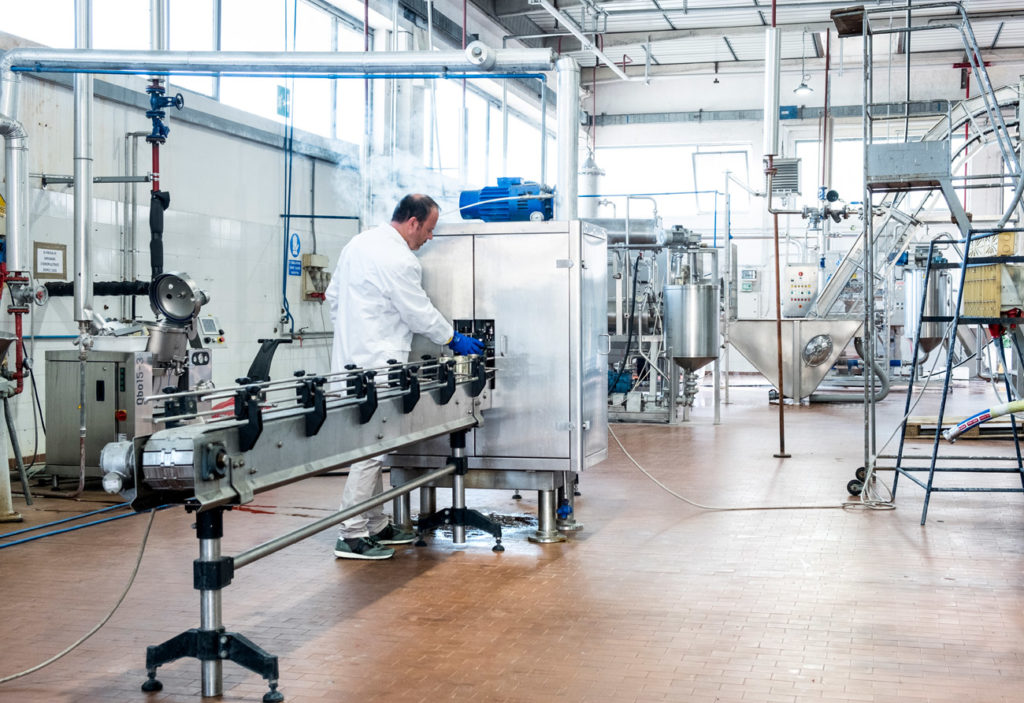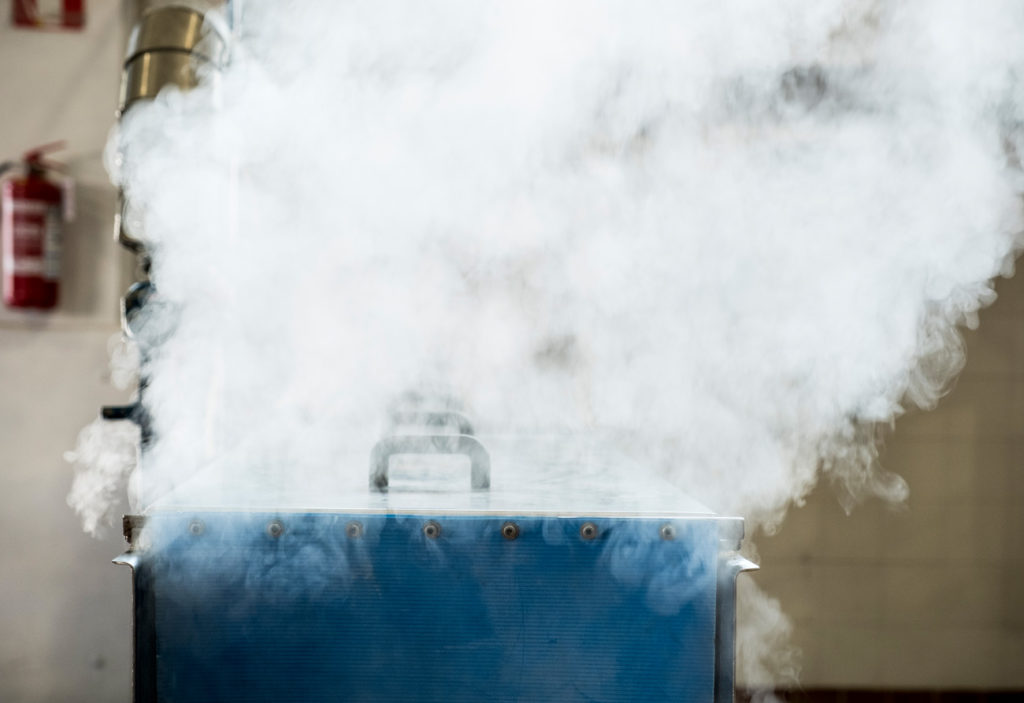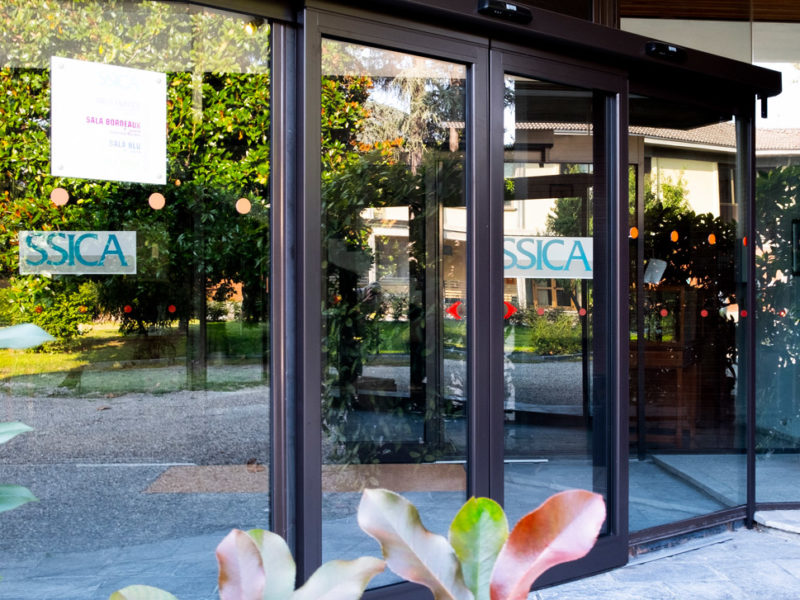The area deals with the carrying out of research projects and applied programs. This activity takes place in close contact with food manufacturers, plant builders, research institutes and universities. Most of these activities, tailored to meet the needs of companies, are confidential and often involve other areas of SSICA. In this context, pilot facilities make traditional and innovative equipment and plants – modular, capable of simulating lines and transformation processes – available to the food sector companies, both contributors and non-contributors.
In addition to the already consolidated technologies, ample space is dedicated to innovative processes such as high pressures, ohmic heating, radio frequencies, microwaves and membrane separation techniques. For this reason, a series of pilot plants for small productions are currently available for testing. The “factory” area tries to keep its equipment constantly updated by hosting or acquiring pilot plants with new technologies. To this end, in the pilot areas there are equipped spaces where plant builders can install their own equipment for testing or demonstration activities.

Factory
TEAM
Coordinator: Andrea Brutti
Areas of Activity


FAQ
Is a high-pressure treated vegetable puree stable at room temperature?
High pressure treatment is a cold pasteurization treatment, therefore it is effective on the reduction of the vegetative forms, but it has no effect on the spores. Even if pH of a vegetable puree is usually acid, the HPP-treated product must be refrigerated, since enzymes are not inactivated.
Is it possible to sterilize a product using high pressures?
To sterilize it, it is necessary to combine the HPP treatment with a heat treatment, using the synergistic effect of the two technologies. This application is called PATS.
What type of packaging can be used to treat a food product...
What type of packaging can be used to treat a food product in a high pressure plant?
The products to be treated in a high pressure plant must be packed in rigid but flexible materials; it is possible to treat heat-sealed bags, trays or bottles in plastic material having suitable closures resistant to treatment. It is not possible to use glass, aluminum or tinplate containers, as well as all those materials that are not able to undergo minimal deformation.
Is the size or shape of the product important to establish...
Is the size or shape of the product important to establish high-pressure treatment parameters?
Unlike classic heat treatments, where heat is transferred from the heating medium (generally water or steam) to the product at a certain speed, in hyperbaric treatments pressure is exerted instantaneously in all the points of the food treated, regardless of its shape.
Is it also possible to sterilize a low-acid product by ohmic treatment?
Ohmic treatment is a heating technology alternative to classic pasteurization and sterilization with steam or superheated water. Depending on the pressure applied in the plant, sterilization temperatures can also be reached, and products with low acidity stable at room temperature be obtained.
Is it possible to treat products in pieces (particulate products)...
Is it possible to treat products in pieces (particulate products) by ohmic treatment?
Ohmic treatment is a heating technology particularly suitable for products in pieces, as it allows formulations with a piece content up to 85-90% to be processed.
Is it possible to dry a food with a radiofrequency system?
The drying tunnels that use radio frequencies normally work in combination with the classic hot air technologies. By exploiting the synergic effect of hot air/radiofrequency it is possible to reduce treatment times and improve the uniformity of residual humidity in the finished product.
NEWS/EVENTS
News
-
Newsletter May 2024
SSICA’s newsletter for the month of May 2024 is online. Click here to read this month......
23 May 2024 -
Newsletter April 2024
SSICA’s newsletter for the month of April 2024 is online. Click here to read this....
19 April 2024 -
Newsletter February 2024
SSICA’s newsletter for the month of April 2023 is online. Click here to read this....
13 February 2024





